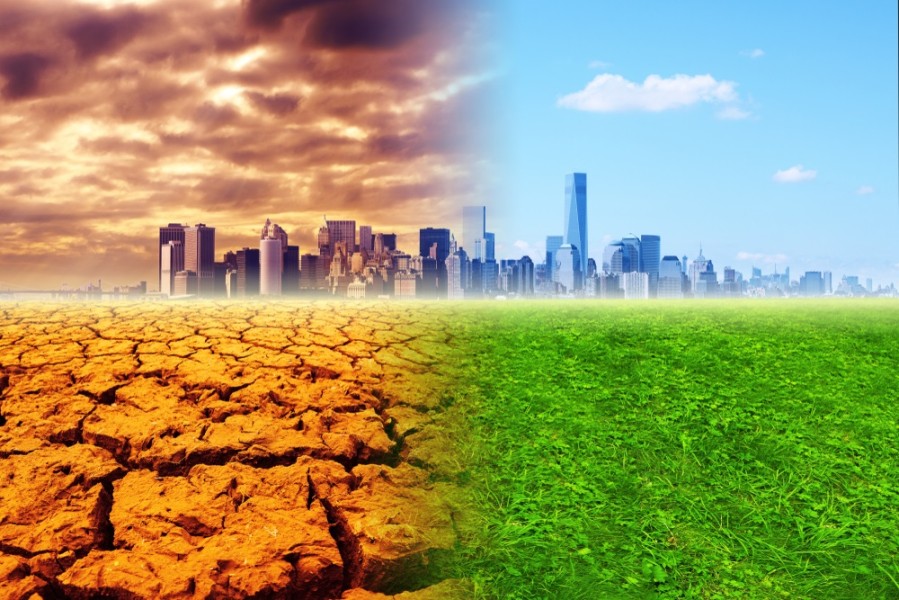Adaptation Finance and Resilience
The Climate crisis dramatic effects are being felt all around the world, but more acutely in Africa. Rising temperatures, unpredictable weather patterns and natural disasters are affecting the continents ability to develop and thrive. The African Development Bank reports that between the period of 2010 and 2020, Africa’s gross public debt has escalated from 36% to 71.4% of GDP. This has resulted partly due to increased effects of climate change and post Covid-19 economic recovery. These heavy debts hinder the quick and effective implementation of climate solutions in the most affected societies.

What is adaptation finance? This topic has been characterized with a considerable ambiguity, complexity and controversy. Who should be held accountable for the losses and damages associated with anthropogenic climate change? Coloring this difficult question is the troubling reality that people who contributed least to the problem are those first and most adversely affected.
Climate adaptation simply means putting projects or activities in place that are designed to address a specific climate risk, with the intention of reducing vulnerability to that risk. Thereby averting or minimizing the losses and damages it would otherwise cause. For example: there is a growing prominence of green bonds as an option for climate financing which boosts climate resilience and inclusive socio-economic development.
African countries need the ability to rise above their debt challenges and access climate financing to support economic recovery and build resilient communities. I am aware this is a process and the whole world still needs a giant leap on climate ambition. Unfortunately, the effects of climate change are happening daily to the most vulnerable people and we need to prioritize this more than before.
Regrettably, the current levels of adaptation finance flows into Africa are very insufficient to meet the continent’s growing needs. The current climate finance gap is estimated at 41.3 billion and the developed countries are called upon to help bridge this gap as they have committed.
For now the mainstream adaptation and resilience should be focused on;
- investment in capacity building by increasing access to robust climate information. Many parts of Africa lack access to high resolution climate data at an affordable cost. Ideally an ordinary citizen and a government policy maker should all be well equipped with an understanding of the climate crisis and in avenues of contributing to resilience efforts.
- There should also be avenues that alleviate debt strain on African countries so as such funds are transferred to green bonds, robust data collection systems, development of national climate policies and strengthened systems that implement them.
As African youths at Agape Earth Coalition, we are gearing up for big changes since we acknowledge that this is our planet, our climate and our fight. We reverberate that given the scale of climate change, and the fact that it is and will affect many areas of life, adaptation also needs to take place on a greater scale. Therefore, we cannot relent , instead we should all arise as one and fight for equality and sustainability of the people in Africa.
